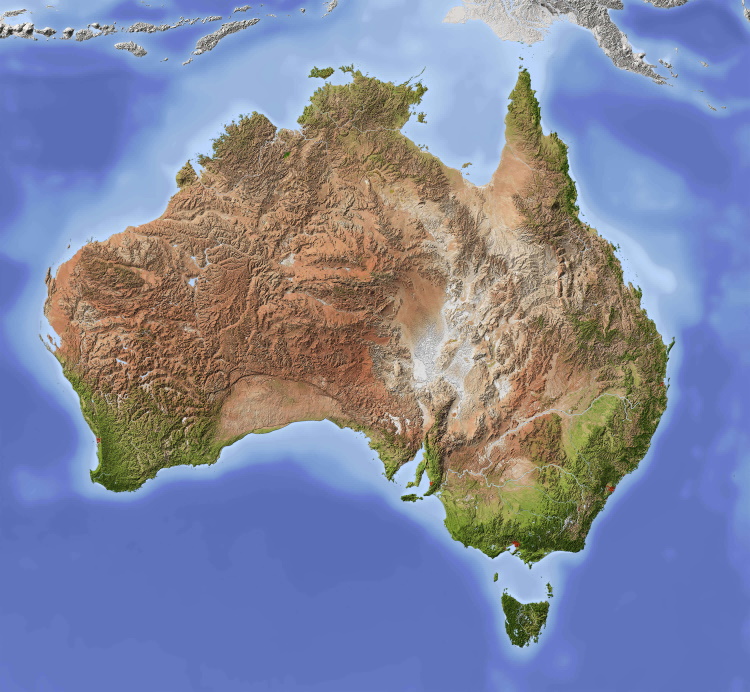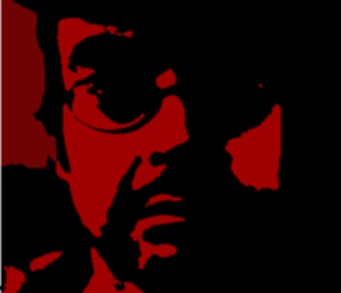Wait til everybody finds out you upvoted a post they don’t approve of!
Fear of people using their smartphones and filming you without consent and then posting it all over the internet for their own clout is prevent people from dancing
FTFY
People definitely dance here, but I’m usually going to gay bars or weddings. I support stickers over cameras, too. If you are going out with friends, you might as well have a good time rather than just being buried in your phone all night.
Back in my day when you pulled out your phone in a gay space you kept your finger over the camera or you stepped into a corner. Not everyone there was necessarily out back in those days.
Ok but for real, it was definitely the encouraged etiquette but it didnt have enough adherence to be what you did
Dance like everybody’s watching.
I’m so glad that capturing everything with photos / videos and uploading to socials wasn’t a thing in the early 2000s when I was going to clubs and electronic music festivals. Reach for the lasers safe as fuck.
Everyone has a fucking camera in their pocket.
Stickers over cameras when you go to good clubs in Berlin.
Plus taking your phone out and recording is cringe.
I always record the people recording at a concert/show. Some get embarrassed and stop, then I stop too.
Nice idea but why waste your battery? Probably works just as well pretending to record them.
Because then I would have no video of them awkwardly putting away their phone.
Didn’t I read somewhere that today’s youth drinks less alcohol? I know when I was young I wouldn’t be caught “dancing” at the club unless I was closer to puking than to slurred speech.
Kids these days are a bunch of fuckin nerds.
Signed, an older nerd.
They drink less, but are all ket zombies now!
I’ve read they are drinking less and taking less recreational drugs and having less sex than previous generations.
I’m not sure if this is anything new, but maybe it’s getting worse. Most of my friends when I was younger wouldn’t do anything more than the “stand still and sway” method of dancing because they didn’t want to look silly.
When I was young, the phrase “dance like nobody’s watching” became popular. I remember thinking it was true, most of my anxiety about dancing was a fear of being judged by someone else. I’d see other people dance and think that they aren’t doing anything special. They aren’t dancing well or doing crazy moves. They are just jumping around and having a good time. “Jump Around” was like just one of five hit dance songs about jumping. But I resisted because I thought people would think my dancing looked silly. And they’d be right, I was and remain a terrible dancer. I’m awkward, arthritic, and lacking in coordination and rhythm.
But there was no social media. No cell phone cameras. No internet. If someone did get a picture or even a video, it might be months before a small select group of people saw it. Hell, even if your bad dancing somehow made the news, it would still only be seen by the regional viewers watching that evening.
Today, if you’re a bad dancer, you could be filmed without your knowledge or permission, and become a viral sensation for millions of people to see.
If I were young today, there’s no chance in hell I’d be out on the dance floor.
Today, if you’re a bad dancer, you could be filmed without your knowledge or permission, and become a viral sensation for millions of people to see.
Eh, to be honest, I don’t see why I should care what internet dwellers have to say about me. I don’t live on (mainstream) social media and it’s not like I’m doing anything harmful. I cared too much in my teen years and hit the elderly-tier ‘idgaf’ phase early in response.
Someone below mentioned bullying, and that is a real problem, but really, bullies (as opposed to casual trivial banter) don’t have many entries into my life now that I don’t have to sit in a classroom every day.
And don’t forget, that guy experienced a shit ton of bullying before the hive mind decided that he was worth protecting. Most viral video sensations don’t get that second part out of their 15 minutes of fame. They just get the bullying and shame.
Maybe its time more clubs adopt the strict no-cameras policy of Berghain in Berlin.
I think businesses are already seeing the effect of a lack of similar action. Young people are going out much less, drinking much less, spending less, and as described in this article, dancing less. There are a ton of other reasons for that (income inequality, inflation, political stressors, health and safety concerns, etc) but social media has had a deleterious effect on the economics of social gatherings.
Hmm in my experience of nightclubs a few years ago, I felt like I had to have my phone on me at all times because of the hazards cough creepy dudes cough, so I wonder how they enforce this.
You can keep your smartphone but they have you put stickers over the cameras before you are let in. If you remove them you might have a one-on-one session with Sven.
“Ask for Angela” is one attempt at a solution but the problem historically has been lack of training for club/bar staff to recognize and respond to the codeword.
“Everything is uncool and trying is uncool,” she said.
Yeah this
As someone that dances at many venues 3 to 4 nights a week this is so disheartening.
I only go to raves and specific artist/label events these days, so I’m not too sure what’s happening in mainstream clubs on a Saturday night. In my experience, the dance floor is always full later in the night and people are enjoying the music and having fun. Interesting to note that one guy quoted in the article complained about people “just jumping” instead of dancing - that’s the result of genre trends in electronic music, not social media or smartphones changing our behaviour. The more popular mainstream club genres for at least the last decade have been house sub-genres like Big Room that are festival-friendly and designed to be jumped to.
How is the genre different from the main floor trance 30 years ago at large festivals? This description I found makes it sound the same (and I listened to the suggested artists)…
Big room dancing refers to a style of electronic dance music (EDM) that is characterized by its high-energy, anthemic melodies, and powerful drops. It is often associated with the mainstage sound of large EDM festivals and is known for its use of powerful basslines, heavy synths, and a four-on-the-floor beat.
Big room tracks are typically designed to fill large venues and create a vibrant atmosphere for dancing.
The genre has evolved over the years, with some artists exploring a harder, more techno-driven sound.
Key elements of big room music include a strong bassline, simple melodies, dynamic build-ups and drops, and a minimalist production approach.
Some of the most influential big room artists include Martin Garrix, Hardwell, Dimitri Vegas & Like Mike, and KSHMR.
Big Room is slower than 90s Trance, usually more around the 126 - 130 BPM mark (old school Trance is more in the mid-to-high 130s, sometimes up to 142 BPM). In Big Room there are usually other elements tied directly to the kick as well, like snares, claps, hats or the bass which gives it a “jumpy” kind of feel. If you were to compare it to an older genre, it’s a lot closer to something like Hands Up or Jumpstyle which are also a big jumping genres (also think classic Eurodance like Basshunter). Designed for festivals and raves or anywhere you have tons of people packed in a tight area where they can only move vertically.
Aside from generally being faster, Trance also has a lot more complexity which means there is a lot more variety in how you can dance to it. There are extended breakdowns and slower build-ups, which is where the name comes from (people feel like they’re in a trance). Swaying, hand movements like gloving, and Tecktonik are some of the other common ways people dance to Trance subgenres. Trance and its subgenres are much more underground and niche than House and its subgenres though, which I suspect is due to the complexity and tempo making it more challenging and individualistic to dance to (some people feel more self-conscious to dance in their own unique way). Stuff like Big Room is super accessible because the structure is short and basic and it’s built around very friendly “drops” after which everyone can just jump up and down together, which I think is another reason why it has that Saturday night mainstream club popularity.
There is of course overlap between House and Trance since they are both four-on-the-floor genres and they both have tons of subgenres, some of which blend elements of both. For example, Progressive Trance is a similar tempo to House but retains the complexity and melodic structuring of Trance. In the 2010s there was also this subgenre called “Progressive House”, which had nothing to do with the more traditional Progressive House and was more like a predecessor to Big Room. “Progressive House” had some more Trance elements like atmospheric (but shorter) breakdowns and big uplifting synth leads, but it was still very much a House subgenre.
Anyway, subgenres of electronic dance music can get quite messy and there is often a lot of blending and overlap which means it’s often up to the individual how they want to define a particular track. In the case of Big Room and 90s Trance, however, there are so many major differences that they live quite firmly in their own distinct categories.









